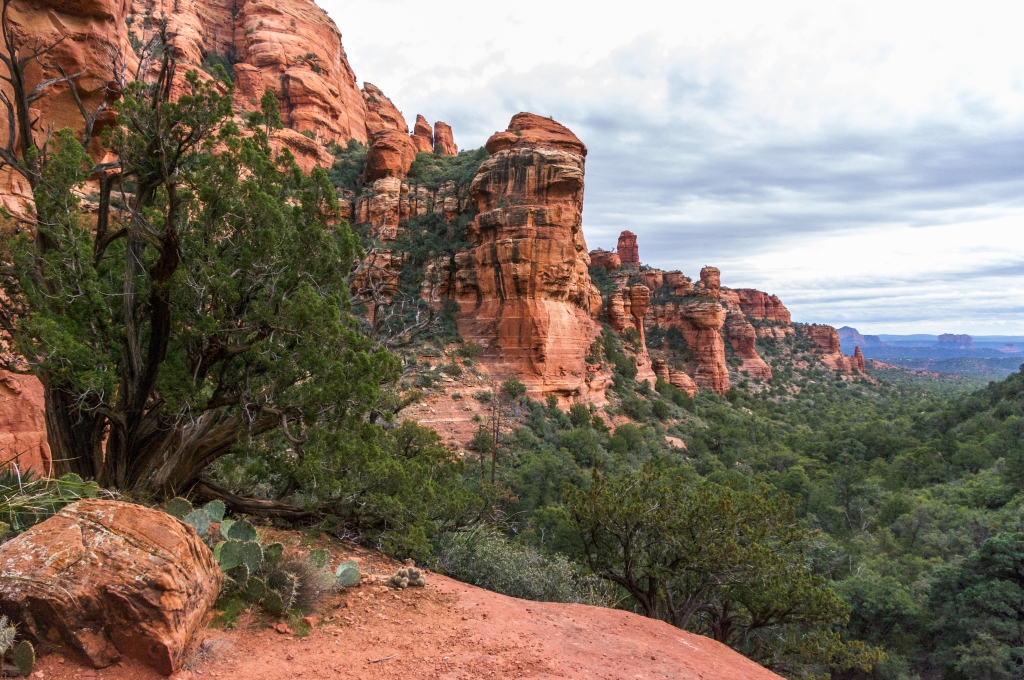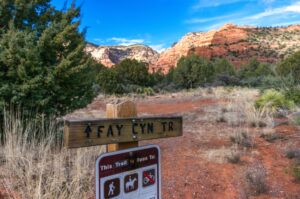Red Rock Refuge

Fay Canyon’s Shaded Splendor
Writer Amanda Christmann // Photography Courtesy of Coconino National Forest



As Phoenix temperatures climb into triple digits, Sedona beckons with its promise of respite — offering not just cooler air but an immersive red rock experience that refreshes both body and spirit. Just an hour’s drive from the Valley, this geological wonderland provides the perfect summer escape.
Among Sedona’s seemingly endless array of trails — which attract millions of visitors annually to the Red Rock Ranger District — one stands out for its accessibility and unexpected delights: Fay Canyon Trail.
Named after Alvin Fay, a rancher who was active in the area during the 1860s, this 2.3-mile out-and-back trail offers the perfect setting for summer exploration. What distinguishes this particular path is the generous canopy of manzanitas and junipers providing natural shade — a precious commodity during Arizona summers.
The trail meanders along a red-dust canyon floor, bordered by dramatic rocky outcrops that frame the azure sky. Discerning hikers will notice the terrain’s subtle transformations: from drought-resistant yuccas and prickly pear near the trailhead to an ancient-looking forest of alligator juniper, culminating in a grove of majestic oaks at the trail’s conclusion. Here, a manageable rock formation invites climbers to witness panoramic views that capture Sedona’s iconic beauty.
Approximately midway along the path is a short, steep side trail leading to Fay Canyon Arch — a natural formation spanning about 90 feet and suspended 15 feet above the canyon floor. Though marked by cairns, locating this detour requires attentiveness, but the reward justifies the effort.
Near the arch, observant hikers will discover 20th century rock wall ruins — a more contemporary counterpoint to the ancient geological formations. For those willing to venture further, an old Jeep track beyond the arch leads through a secluded canyon to even older ruins set against striking Supai sandstone cliffs.
A Red Rock Pass is required for parking — available at three visitors centers throughout Sedona. Daily passes are $5, weekly $15, and annual passes range from $20–$40. These fees contribute directly to conservation efforts and visitor services.
After your hike, extend your retreat with visits to Sedona’s acclaimed galleries, boutiques and culinary establishments — all offering air-conditioned sanctuaries filled with artistic and gastronomic treasures. The perfect summer day may well begin with Fay Canyon’s natural wonders and conclude with Sedona’s cultural delights.

